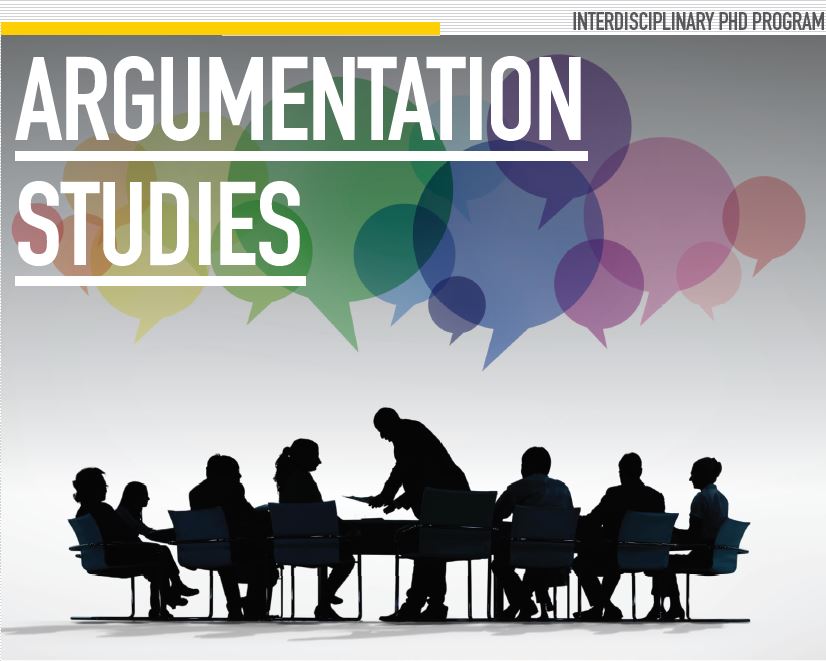Location
McMaster University
Document Type
Paper
Start Date
1-6-2005 9:00 AM
End Date
1-6-2005 5:00 PM
Abstract
Van Eemeren and Houtlosser concentrate on the tension inherent in argumentative discourse between the pursuit of success and the maintenance of reasonableness. They elaborate on their earlier claim that this tension leads to ‘strategic manoeuvring’ that can be explained by making use of insights from dialectic and rhetoric. As a new step in their treatment of strategic manoeuvring they take account of the fact that the manoeuvring always takes place in one of the various argumentative ‘activity types’ that can be distinguished in argumentative practice. Unlike theoretical constructs such as a critical discussion and other ideal models, which are based on analytic considerations regarding the most pertinent presentation of the constitutive parts of a problem-valid procedure for carrying out a particular kind of discursive task, the activity types and their associated speech events are cultural artefacts that can be identified on the basis of careful empirical observation of argumentative practice. By concentrating on three conventionalised activity types that are more or less institutionalised, van Eemeren and Houtlosser show how strategic manoeuvring is affected by the opportunities and constraints of the activity type in which it takes place.
Creative Commons License

This work is licensed under a Creative Commons Attribution 4.0 International License.
Included in
Theoretical Construction and Argumentative Reality: An Analytic Model of Critical Discussion and Conventionalised Types of Argumentative Activity
McMaster University
Van Eemeren and Houtlosser concentrate on the tension inherent in argumentative discourse between the pursuit of success and the maintenance of reasonableness. They elaborate on their earlier claim that this tension leads to ‘strategic manoeuvring’ that can be explained by making use of insights from dialectic and rhetoric. As a new step in their treatment of strategic manoeuvring they take account of the fact that the manoeuvring always takes place in one of the various argumentative ‘activity types’ that can be distinguished in argumentative practice. Unlike theoretical constructs such as a critical discussion and other ideal models, which are based on analytic considerations regarding the most pertinent presentation of the constitutive parts of a problem-valid procedure for carrying out a particular kind of discursive task, the activity types and their associated speech events are cultural artefacts that can be identified on the basis of careful empirical observation of argumentative practice. By concentrating on three conventionalised activity types that are more or less institutionalised, van Eemeren and Houtlosser show how strategic manoeuvring is affected by the opportunities and constraints of the activity type in which it takes place.

